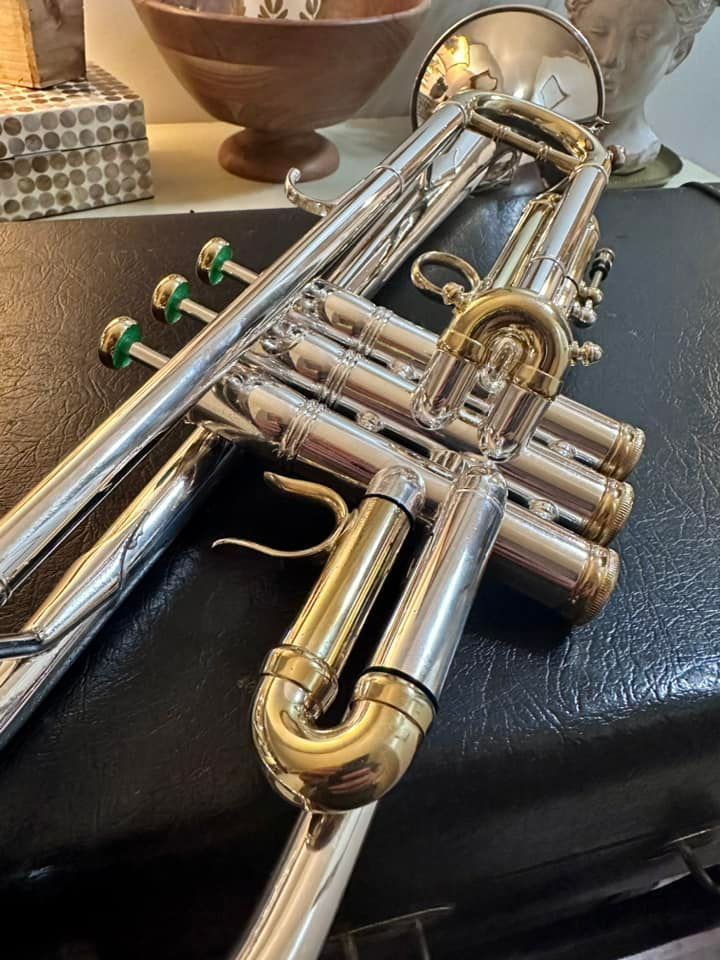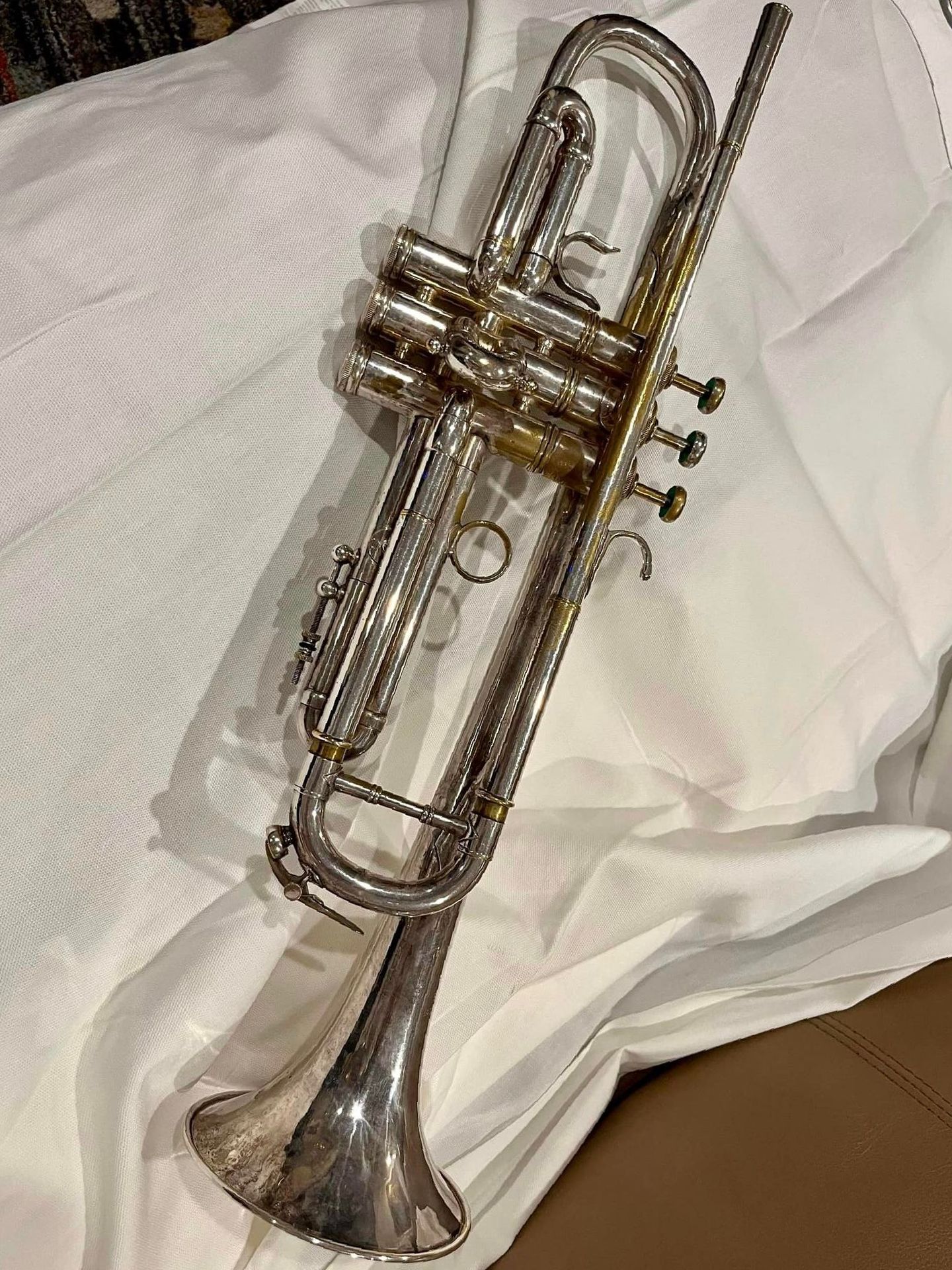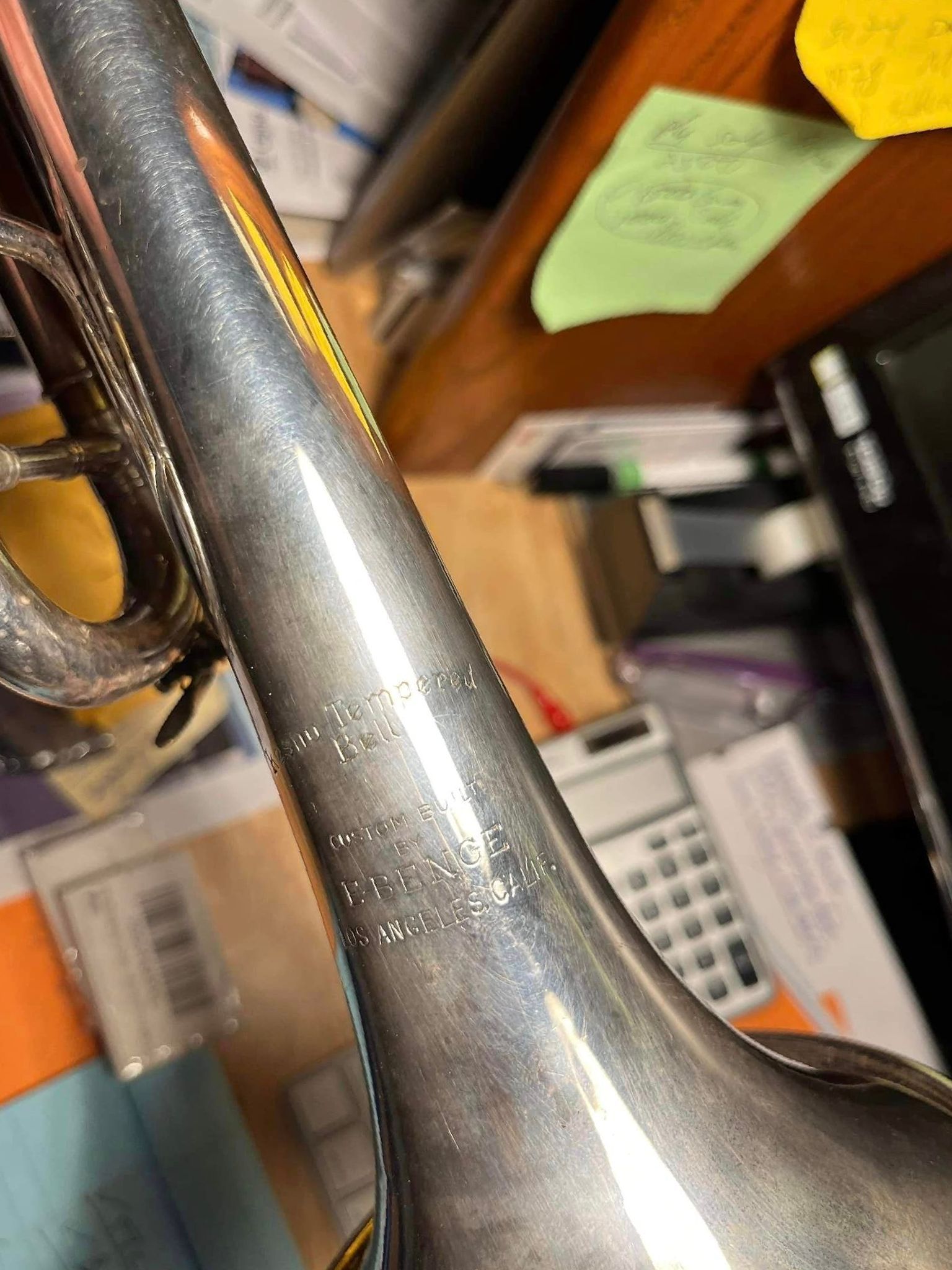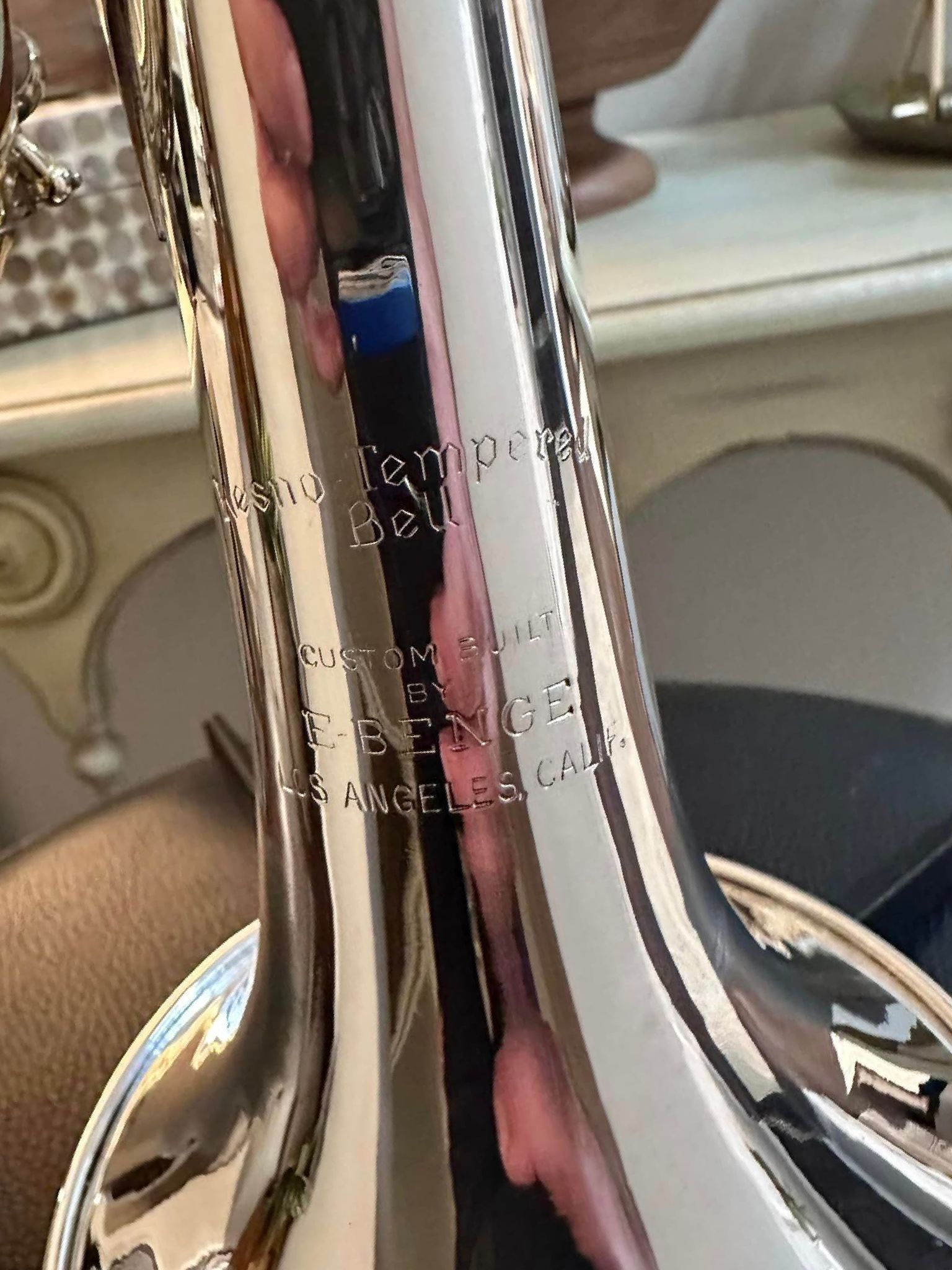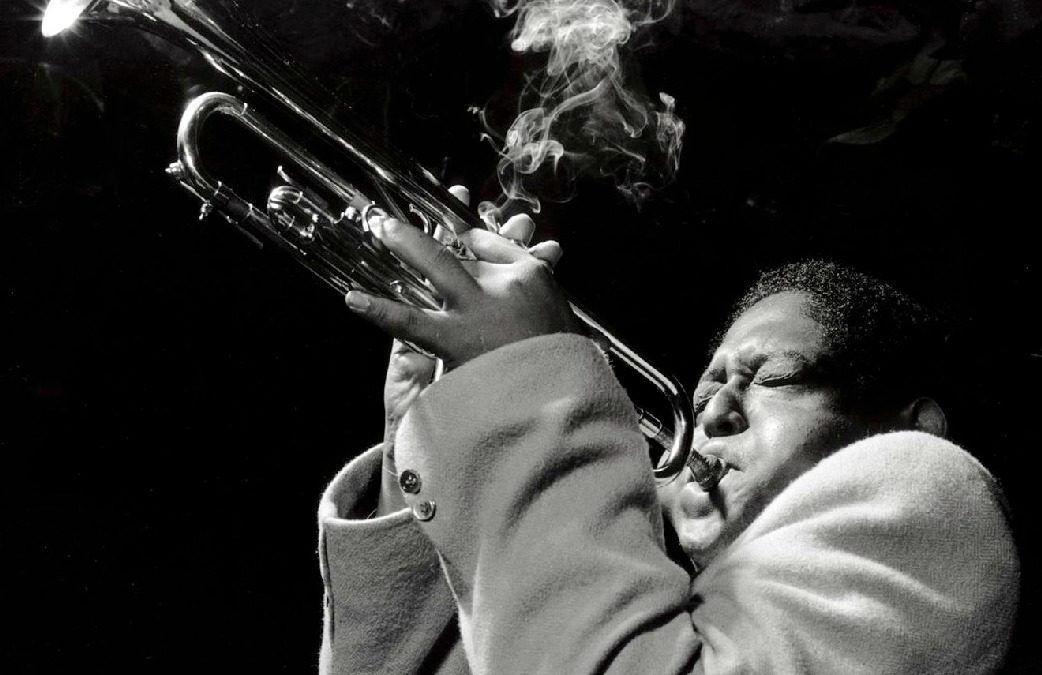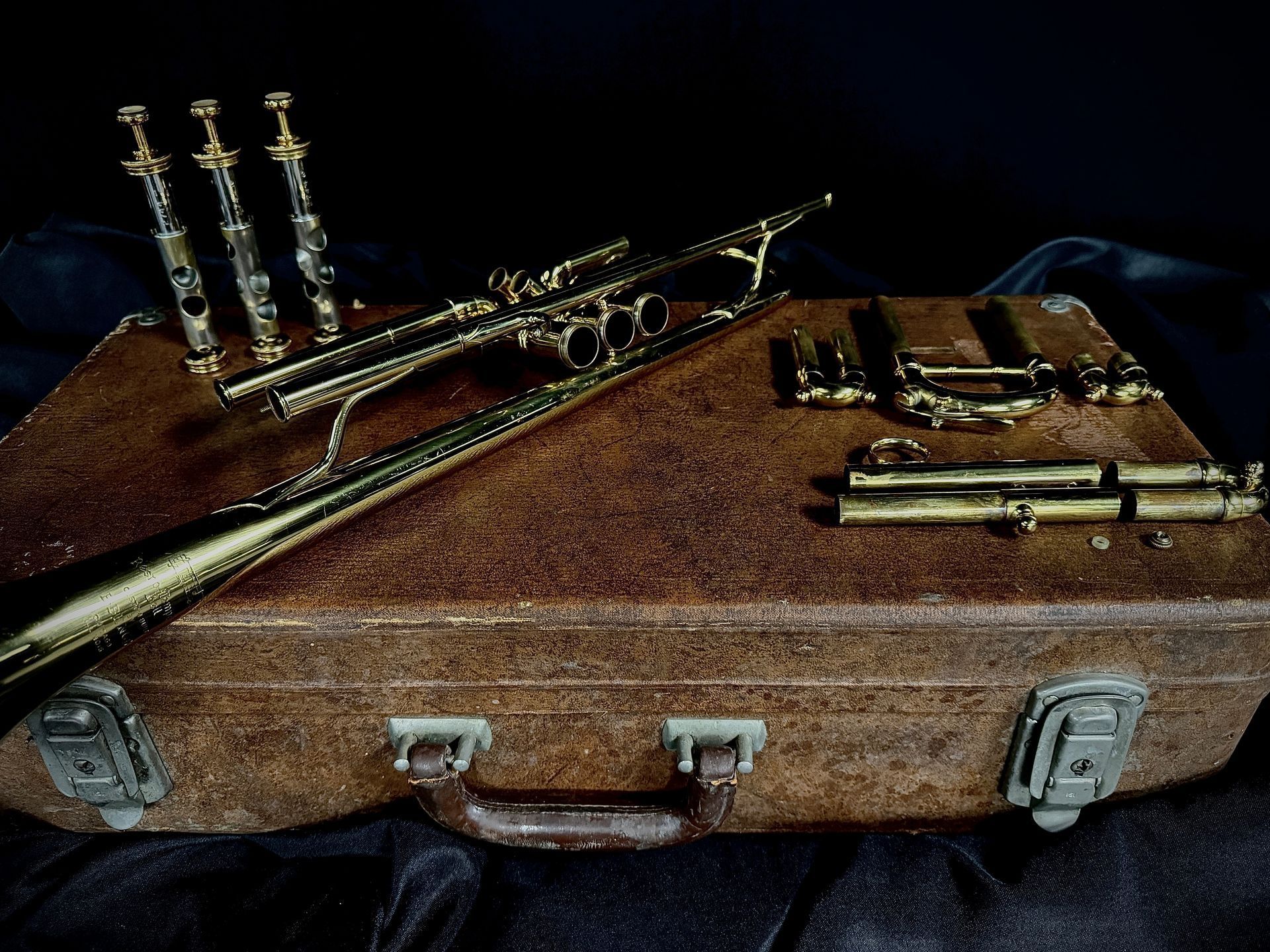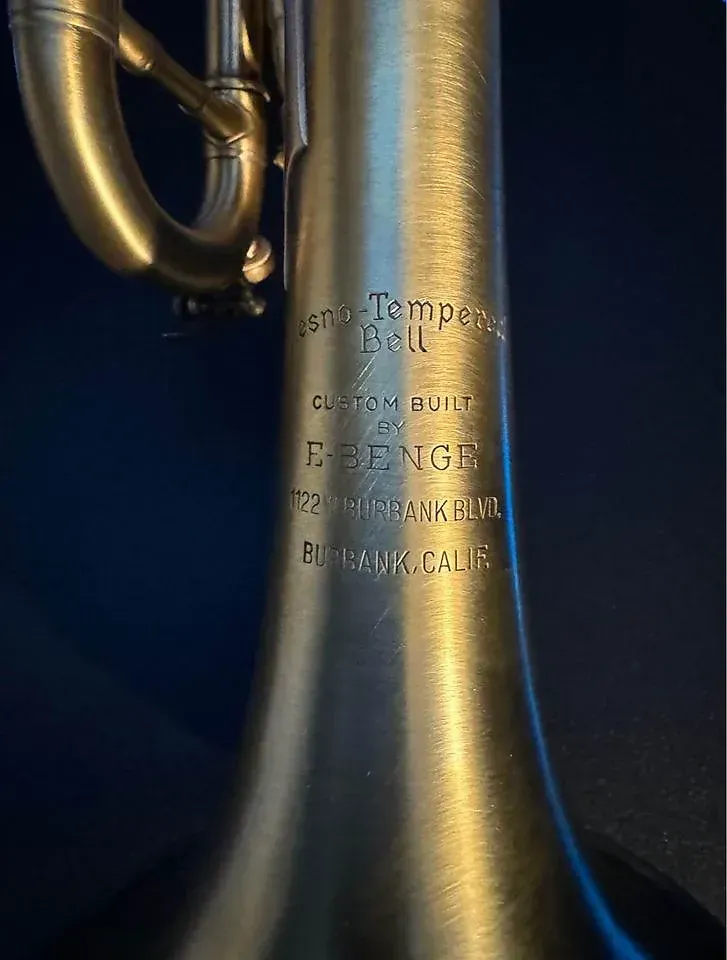Vintage Trumpet Restoration (Case Study)
Bringing a well-loved Benge Claude Gordon back to life.
A few months back, I had a conversation with a new customer that led to an interesting project. He was in the market for a replacement for his old Benge Claude Gordon trumpet, a horn he had played extensively over the years. The trumpet held sentimental value, but time had taken its toll, and it was clear the instrument needed more than just a minor tune-up. While he was ready to move on to a new trumpet, I suggested something different: why not restore the old one?
He was intrigued but hesitant, citing the red rot in the leadpipe and the worn silver finish as major concerns. I asked him to send me some photos, and after assessing the condition, I offered to buy the trumpet for restoration. We struck a deal: I’d restore the trumpet, and he would have the first option to buy it back when it was finished.
Restoring vintage trumpets is a careful process, one that respects the original craftsmanship while breathing new life into the instrument. For this particular trumpet, we started by replacing the leadpipe with an exact copy of the original. The remaining silver plating was stripped away, and the body was meticulously cleaned and polished. We removed a few minor dents and then replated the entire trumpet, adding gold accents and a gold wash in the bell.
The result was a beautifully restored trumpet that looked and played as good as new. When I sent the photos of the completed work to the customer, he was thrilled. After a brief discussion with his wife, he decided to buy it back. Once he had the trumpet in hand, he took some time to play it and sent me a note, praising the workmanship and especially the gold detailing inside the bell:
"AWESOME BEAUTIFUL workmanship, and gold details are perfectly balanced! MOSTLY I love the gold on the inside of the bell. GORGEOUS, and it plays bright and tight, like I always loved about that horn. THANKS, Friend! You deserve a raise!"
This restoration wasn’t just about fixing up an old horn; it was about preserving a piece of the customer’s musical journey. Vintage trumpet restorations require a deep understanding of the instrument's history and a dedication to maintaining its unique character while improving its playability and appearance.
If you have a vintage trumpet that’s been well-loved but could use some attention, consider a professional restoration. It’s a way to extend the life of your instrument and continue making music with a horn that holds personal significance. Whether it’s for the sound, the look, or the sentimental value, restoring a vintage trumpet can be a rewarding experience that brings a treasured instrument back to its former glory.
Stay tuned for more restoration stories, and check out the before and after photos of this project below to see the transformation for yourself.
Restoring vintage trumpets is about more than just repair; it’s about preserving history, maintaining quality, exercising restraint when necessary, and ensuring that these instruments can continue to make music for decades to come. If you have a trumpet that could benefit from this kind of work, don’t hesitate to reach out. I’m always here to help restore your instrument to its best possible condition.

